
With Spring right around the corner, I’m craving lighter and fresher foods and drinks, and this Strawberry Milk Matcha Latte is perfect for those Spring cravings! I love the gentle sweetness of this lightened up Starbucks dupe, with delicate strawberry and matcha flavors that will have you coming back for this drink over and over again. Plus, who doesn’t love a gorgeous two-toned drink that’s ready for the ‘Gram?

A Beginner’s Guide to Matcha
Matcha is a powdered green tea that originated in Japan around 1,000 years ago. It’s different from most teas because the entire tea leaf is ground up and mixed in hot water or milk rather than the leaves being steeped in hot water and then removed. Matcha is full of antioxidants and vitamins, so it’s a favorite of health conscious consumers. It’s made from the same leaves as regular green tea, but has more caffeine thanks to the whole tea leaf being used. I love its earthy delicate flavor and the calm alertness that the caffeine gives me.
There are several different kinds of matcha that you’ll find on store shelves or online. I’m no matcha expert, but here’s a few basics about it:
1st and 2nd Harvest
A lot of matchas will include labeling about being 1st or 2nd harvest. But what does that mean?! First harvest leaves are the most delicate and least bitter, making them the only leaves that are acceptable for ceremonial grade matcha. There’s a very narrow 2-week harvest window for these leaves after winter.
Once the first harvest is done, the same plants will continue produce leaves allowing for subsequent harvests, sometimes even up to 5 times. Matcha is usually only made with 1st or 2nd harvest leaves – 3rd harvest can be used for matcha but is reserved only for ingredient grade. These leaves are a less vibrant green with a lot of flavor, but also a lot of bitterness. Bulk tea production like tea bags and bottled green teas usually come from 3rd harvest or beyond.
Matcha Grades
Okay, so as far as I can tell based on my research, there are officially 2 grades of matcha (ceremonial and culinary), but there’s a whole spectrum of quality when it comes to matcha, so I’ve broken it down into 3 grades with some caveats and overlap.
- Ceremonial grade – Made with the highest quality 1st harvest tea leaves that yield a vibrant green color, this matcha has a delicate, slightly sweet flavor with very little bitterness. It’s generally reserved for serious matcha drinkers and is not meant to be mixed into lattes or used in baked goods. It’s the kind of matcha that is used for a thick tea called koicha. This is also the most expensive variety you can get, at least here in the states, though some brands make several grades of matcha within the ceremonial category.
- Premium or Drinking grade – You might also find this one labeled as “tea masters blend” since it can be made with a blend of 1st and 2nd harvest leaves, or even just early 2nd harvest leaves. It has more bitterness than the ceremonial grade, but also more intense flavor. This one falls somewhere between ceremonial and culinary grade matcha, though it’s often classified at the premium end of culinary matcha. This one is great for drinking solo or mixing into lattes.
- Culinary grade – Culinary grade matcha is generally made with only 2nd harvest leaves, though this grade can be split even further into premium and ingredient grade. The premium one is made with early 2nd harvest and is still good for lattes, but can also be used for baking. Ingredient grade could even come from 3rd harvest leaves and isn’t recommended for drinking or for making lattes and is really reserved for what the name says – for use as an ingredient in other recipes. That said, most commercial applications using matcha are using this type (hi, big coffee chains!). The matcha flavor is the strongest with ingredient grade, but it’s also the most bitter, so it needs to be mixed with sugar or other ingredients to be enjoyable.




Ingredients and Substitutions
Here’s what you’ll need to recreate this Strawberry Milk Matcha Latte at home:
- Milk – Whatever neutral tasting milk you prefer will work!
- Strawberries – Fresh or frozen strawberries will work perfectly in this recipe since you’re just going to heat them up to get them nice and soft before blending them.
- Sugar – You need some sweetness in the strawberries to make the strawberry milk delicious. I opted for regular ole’ granulated sugar, but honey, maple syrup, or granulated sugar substitutes would work fine.
- Matcha – I recommend a matcha that’s high end culinary grade or lower end ceremonial grade for this drink. Premium/drinking grade is the sweet spot between quality and cost, but it may not be labeled that way – read my guide above for more info!
- Vanilla syrup – I used a little bit of Jordan’s Skinny Syrups Sugar Free Vanilla Syrup to the hot matcha to sweeten it up a touch, but this is totally optional and can be swapped out with whatever your sweetener of choice is.

how to:
Add More Protein
If you’d like to bump up the protein content in this recipe, use an ultra filtered, low-fat milk or feel free to add some protein powder! I’d recommend using a collagen to keep the strawberry and matcha flavors front and center. When it comes to dairy protein powders, whey would work but be careful not to use too much since it will quickly overpower those flavors.
For collagen, add 2 tablespoons (~20 grams) to the strawberry milk mixture as you blend. You can also use an equal amount of whey instead.
Shop for this Recipe
Here are some items I used to help make this Strawberry Milk Matcha Latte recipe a success:

Recipe
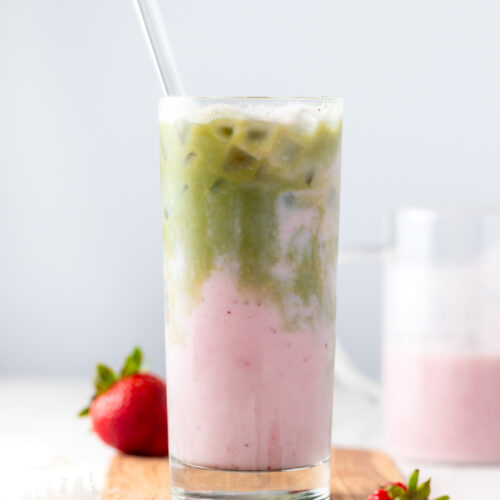
Strawberry Milk Matcha Latte
Ingredients
Strawberry Milk
- 10 fl oz unsweetened vanilla almond milk
- 1 1/2 cups strawberries, chopped, (170 grams)
- 2 tbsp granulated sugar, (25 grams)
Matcha
- 5 fl oz hot water
- 2 tsp matcha powder
- 2 pumps Jordan's Skinny Syrups Sugar Free Vanilla Syrup, (about 0.75 fl oz)
Instructions
- Add strawberries and sugar to a small pan and bring to a boil over medium heat. Lower heat to a simmer for 5 minutes or until strawberries are tender. Remove from heat.
- Add milk to the strawberries and blend with an immersion blender until smooth. Set aside.
- Using a matcha whisk or milk frother, whisk matcha into the hot water until smooth and no lumps remain. Mix in vanilla syrup, if desired.
- Add ice to 2 serving glasses. Divide strawberry milk evenly between the glasses, then gently pour the prepared matcha over the strawberry milk. Serve immediately.
Tips & Tricks
Nutrition Information


More Coffee and Tea Drinks



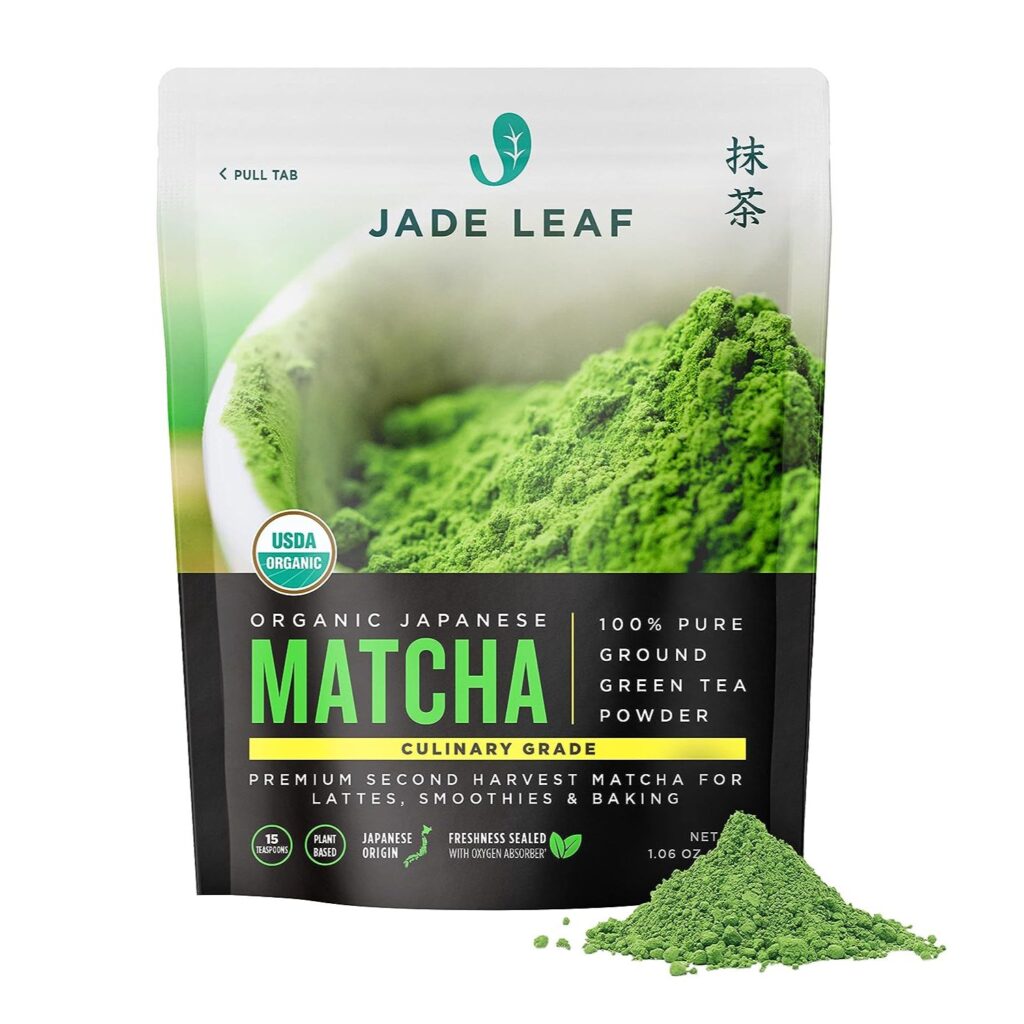
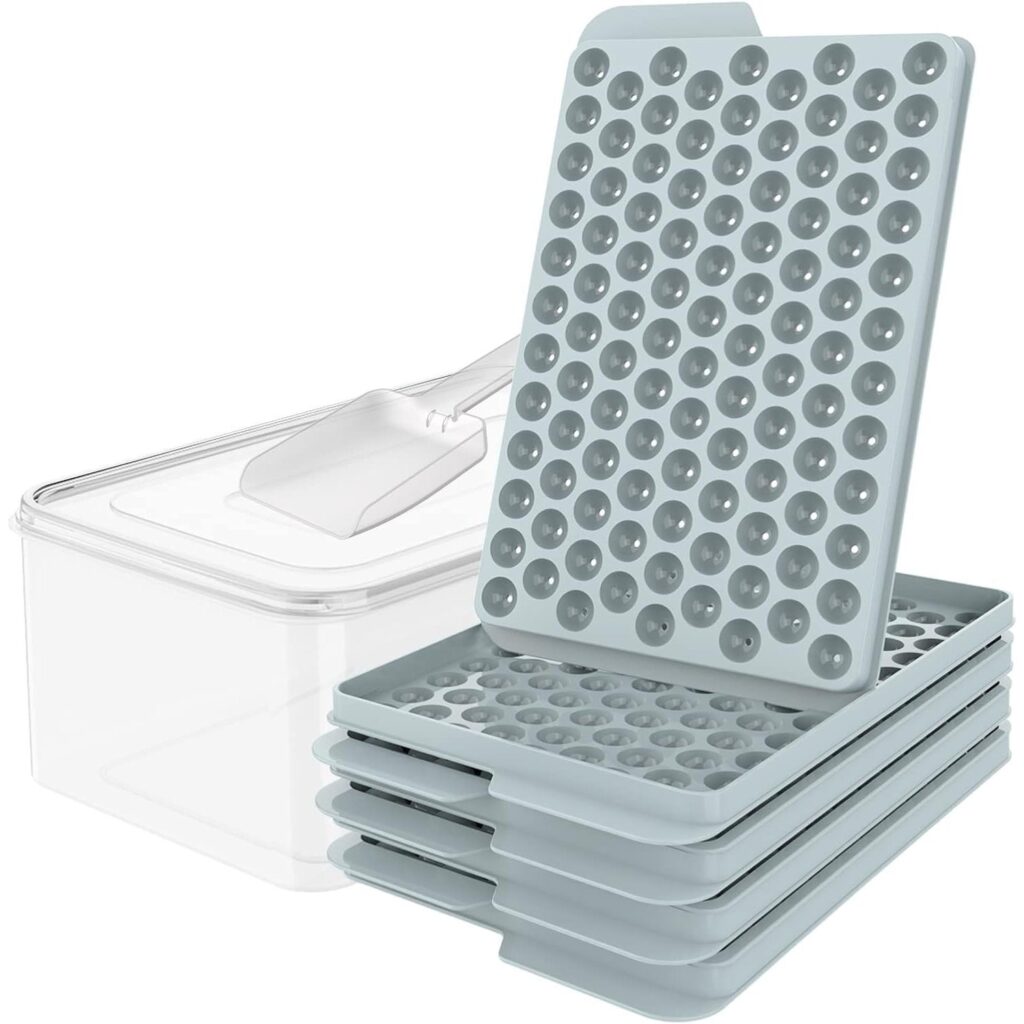
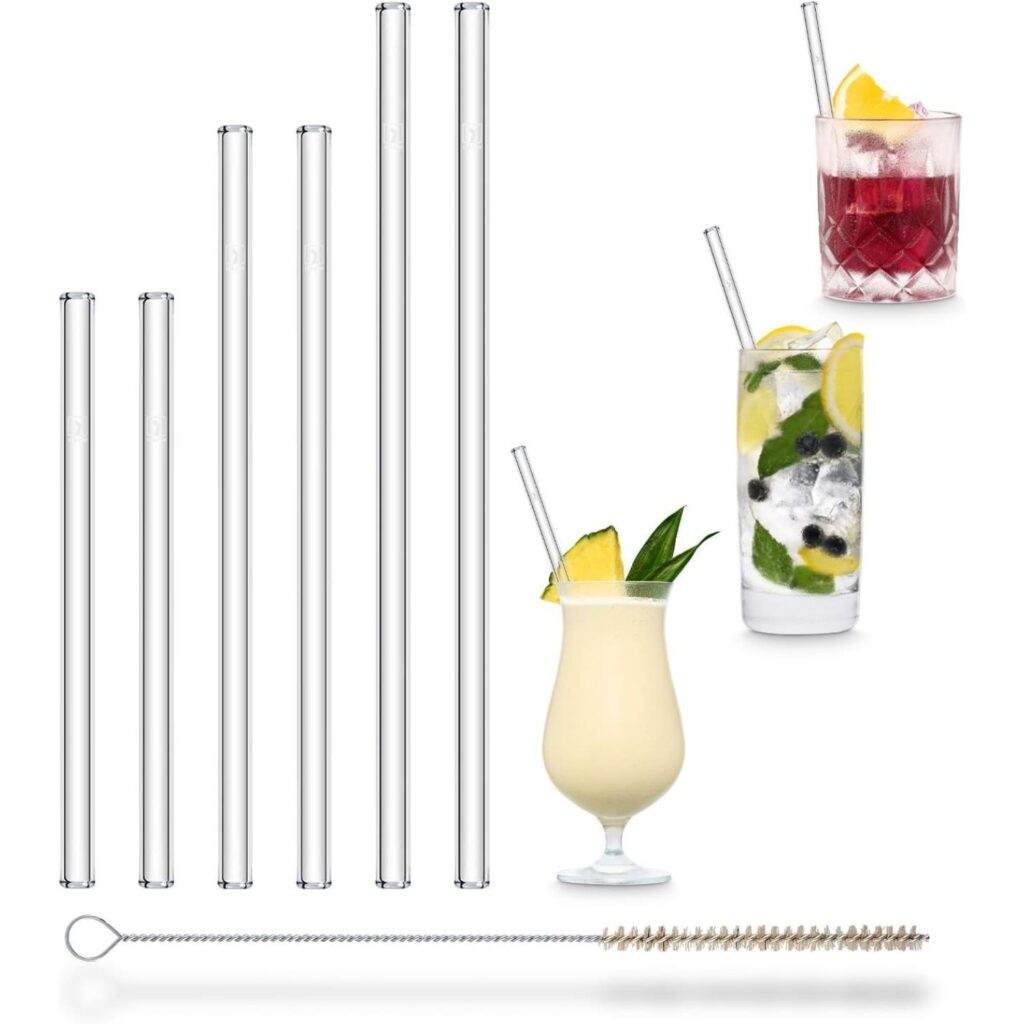



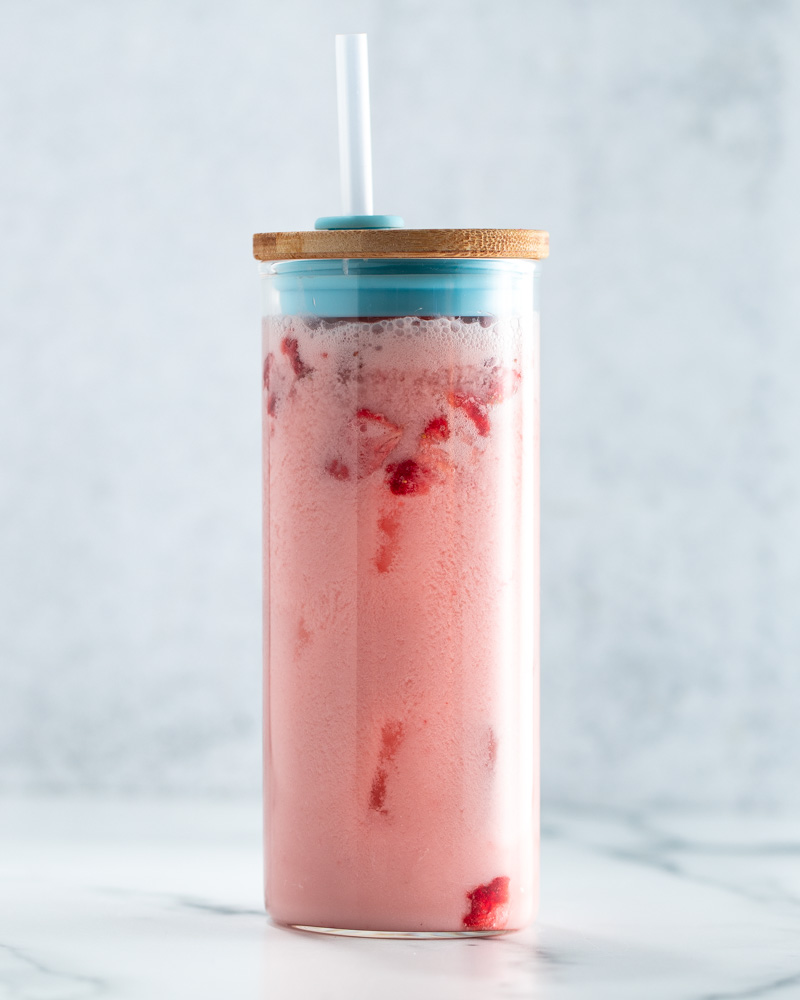
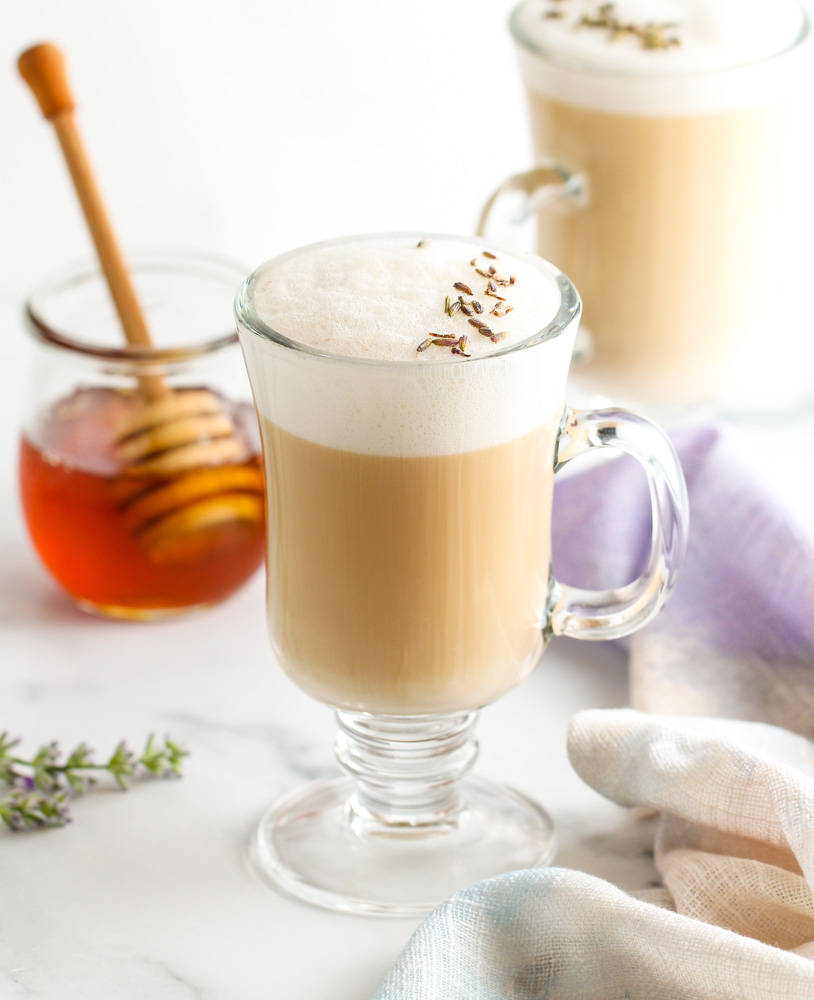







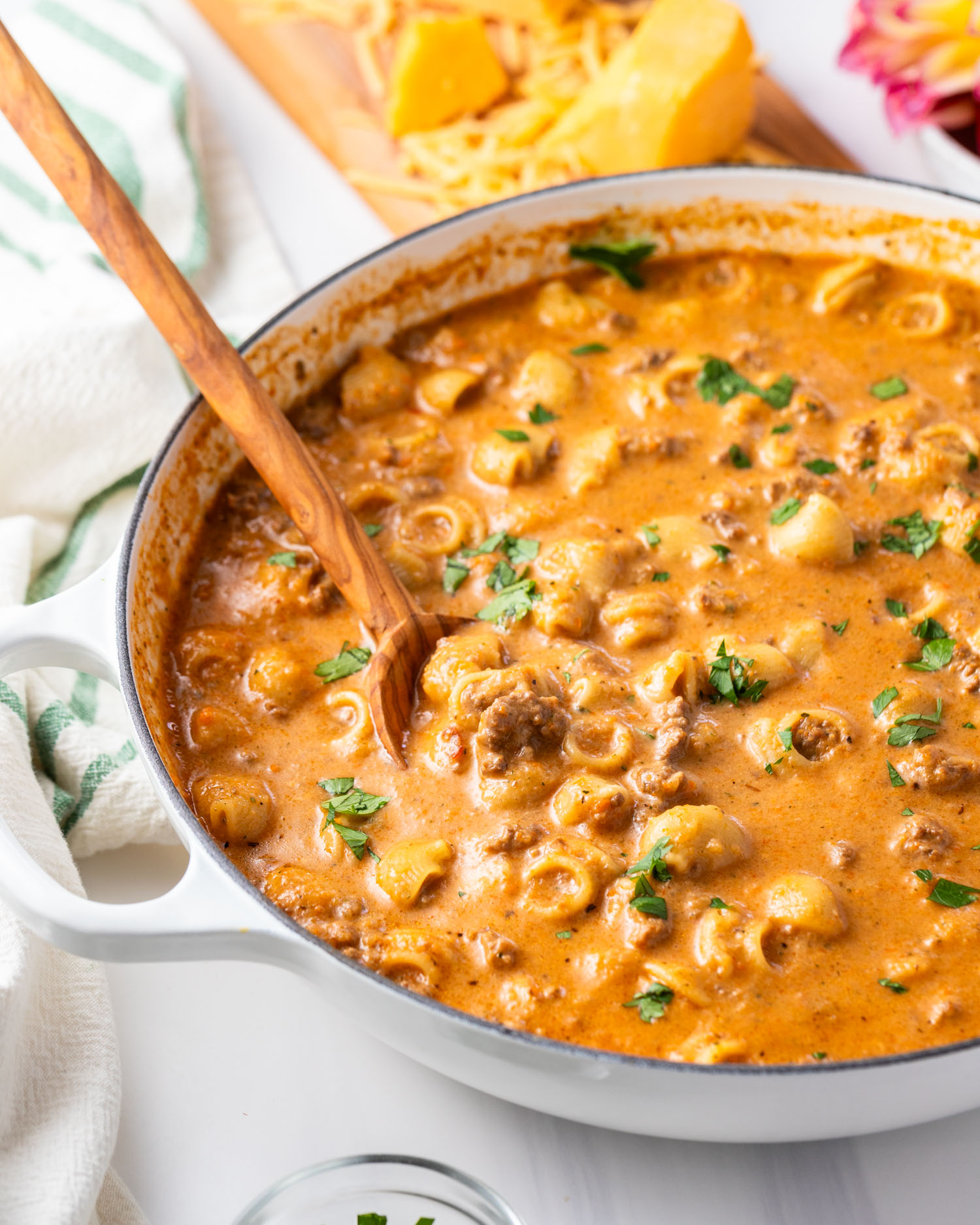


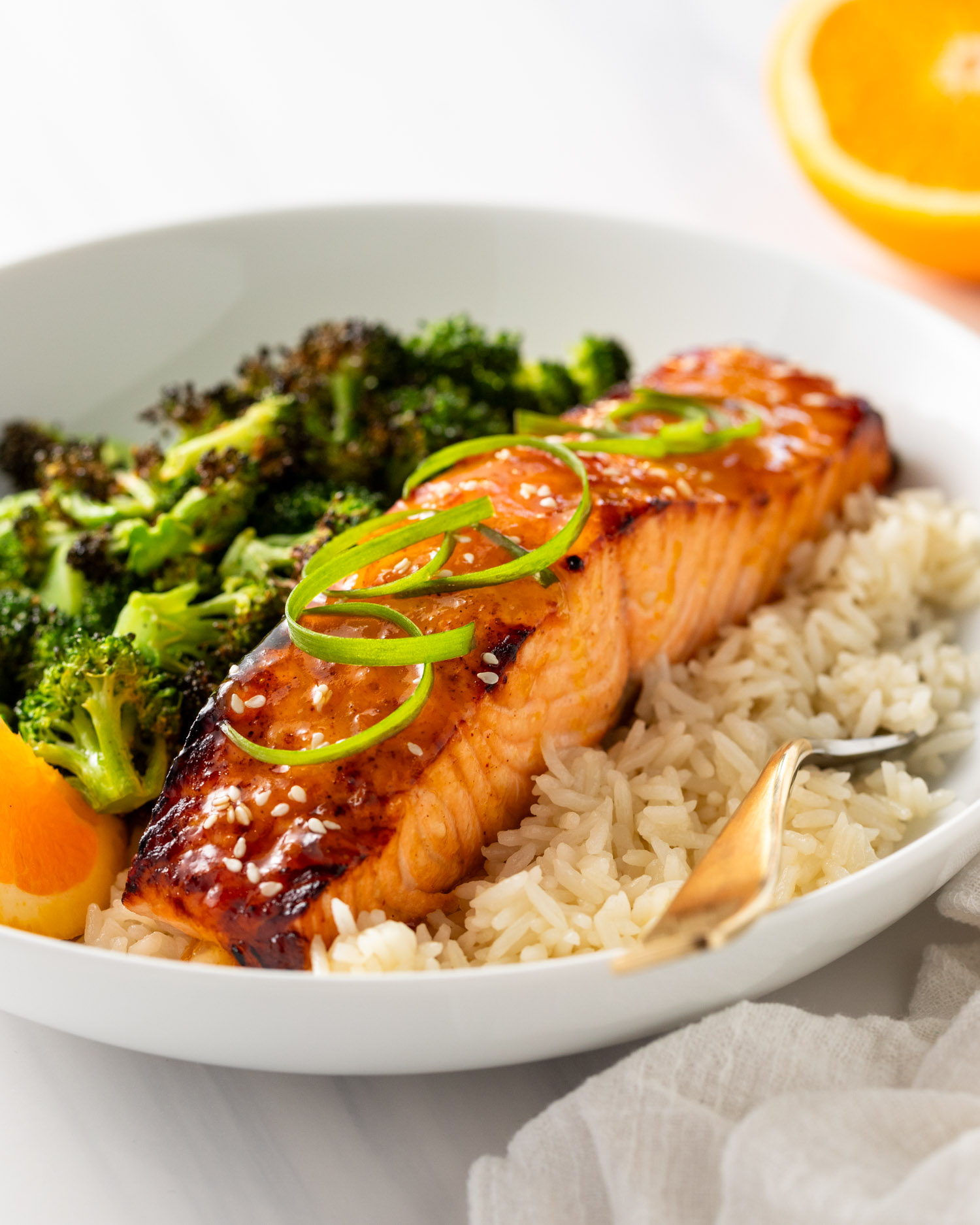
Leave a Reply